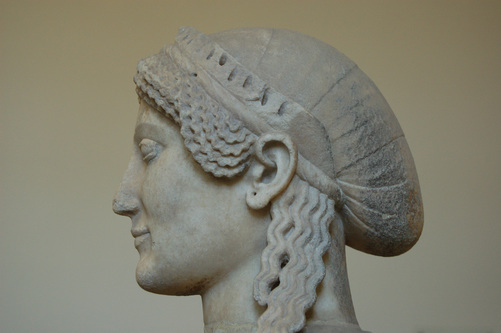The Four Humours
It is surprising how far medicine has advanced in recent years. For many centuries misunderstandings about the human body caused doctors to prescribe highly unusual and ineffective treatments. For example, bloodletting was widespread during the medieval era,. The main reason for this practice was a physiological theory called the Four Humours.
It stated that there were four essential fluids found within humans. Each one affected the emotions of the patient. If a humour was imbalanced, it would lead to common ailments. The humours were thought to be blood, yellow bile, black bile and phlegm. Doctors strived to make these fluids as equally proportioned as possible. Therefore if one of them was in excess, it needed to be drained. This explains why bloodletting became such a common form of treatment. Interestingly, while this theory was extremely incorrect, it did suggest a link between body chemistry and psychology.
It cannot be overstated how influential humorism was to worldwide medicine. Even today, it has still left its mark. Phrases such as humoral immunity and humoral regulation are now used to describe hormones. However, the meanings of the words do not literally relate to the theory. It has been completely disproven.
Medical professionals did not immediately accept that the four humours were non-existent. Even during the mid-1800s, some doctors still held onto the idea. Bloodletting is far less prevalent in modern times. It is sometimes utilised when treating a small number of rare diseases. This is in contrast to the Middle Ages when it was widespread.

